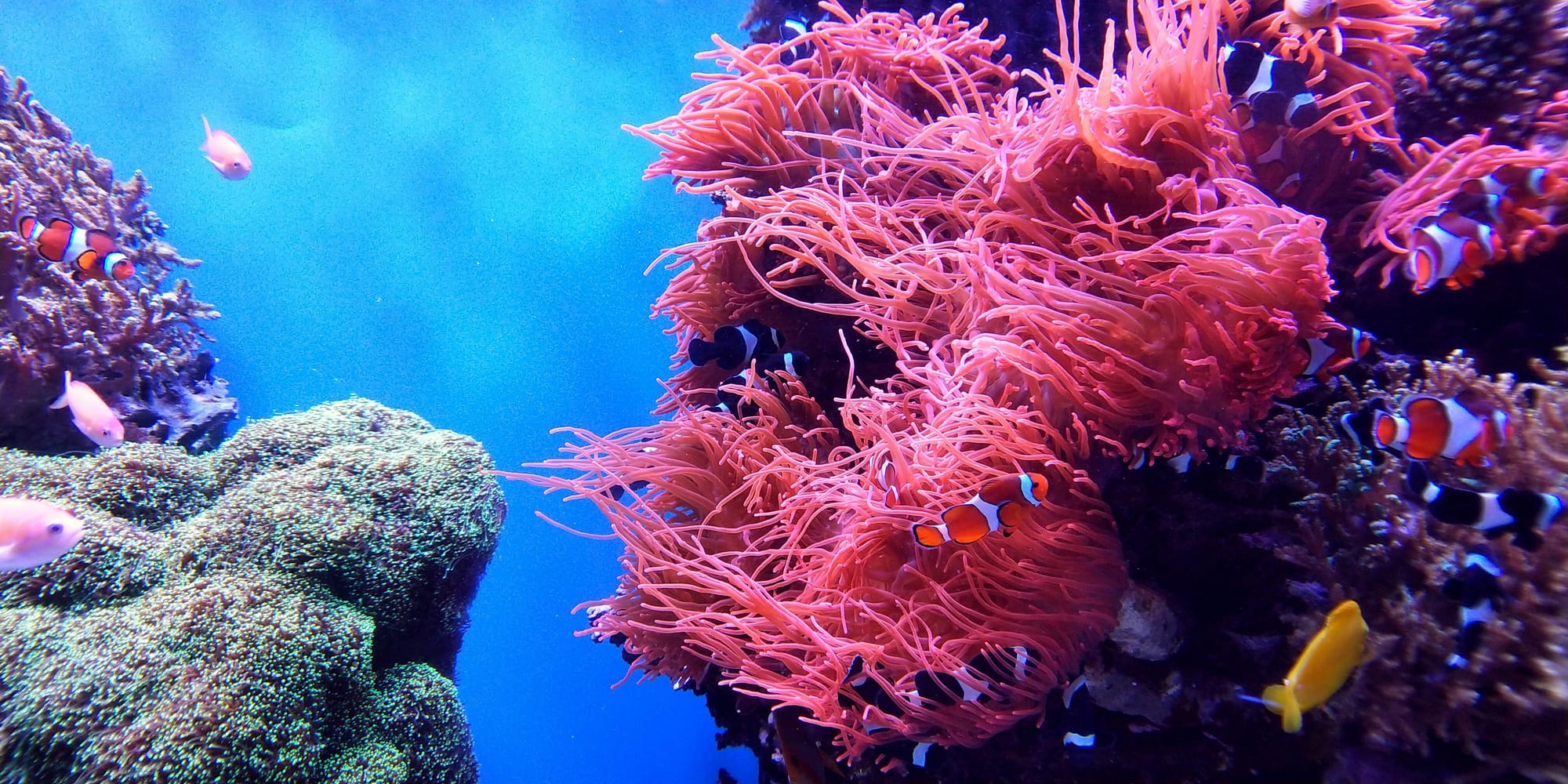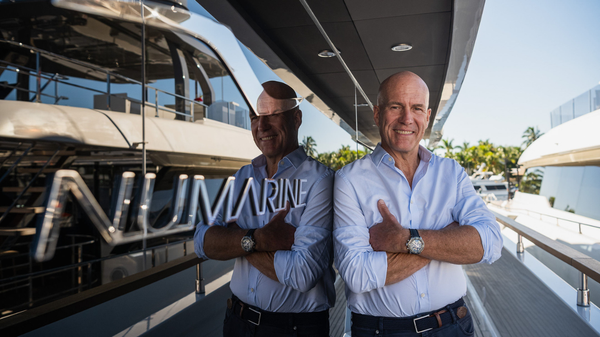Personal Submarine Buying Guide 2025

Once a figment of naval strategy or science fiction, personal submarines have now surfaced as one of the most thrilling frontiers in private luxury exploration. These compact submersibles offer ultra-high-net-worth individuals a chance to experience the ocean's mysteries firsthand—from vibrant coral reefs to shipwrecks frozen in time—while cruising beneath the waves in comfort and safety. They're also increasingly one of the must-have toys that any luxury yacht should come equipped with.
What Exactly Is a Personal Submarine?
A personal submarine is a privately-owned submersible designed for recreational or exploratory use. Built for two or more passengers, these vessels often accompany superyachts and are used for leisure dives, marine research, or underwater photography. Unlike the massive subs used by the military, personal subs are sleek, tech-savvy, and surprisingly spacious, with some even featuring lounges and panoramic viewing domes.
Mini, Small, or Personal: What’s the Difference?
Though often used interchangeably, the terms mini, small, and personal submarine denote size and functionality. Mini subs are typically under 150 tons and designed for one or two crew members, primarily for operational tasks. Small submarines can accommodate up to eight passengers, offering room for a more immersive, group-based underwater experience. Personal submarines, however, are often fully customized for private use, focusing on luxury, ease of operation, and style.
Can You Really Own One?
Yes—if your bank account is ready. While personal submarines are no longer reserved for research institutions, Jeff Bezos, or James Bond villains, they are still priced firmly in the luxury category. Entry-level models generally start around $1–2 million and can soar higher depending on customization, capacity, and dive capabilities. But for those already investing in multi-deck superyachts, a personal sub is fast becoming a must-have accessory.

How Deep Can They Dive?
The average depth range for most personal submersibles sits at around 300 meters (approximately 1,000 feet), which is sufficient for exploring most reef systems and sunken wrecks. More advanced models—used for scientific expeditions or adventure tourism—can go significantly deeper, even reaching 4,000 meters. Cutting-edge builders are now engineering vessels with “unlimited” depth ratings, opening the door to deep-sea exploration never before possible in private leisure.
What Powers These Machines?
Most personal submarines operate on a hybrid system that includes diesel generators and electric battery packs. On the surface, diesel engines help power up the batteries and maintain onboard systems. Once submerged, the sub switches to silent-running electric power, allowing it to glide stealthily through the deep. With dual ballast and trim tanks, these vessels manage buoyancy by taking in or releasing water and air to dive or surface.

Who Builds Personal Submarines?
The market is still relatively niche, with a handful of elite builders leading the way. Notable names include Triton Submersibles and Perry Submarines, both known for engineering vessels with impeccable safety standards, innovative designs, and luxury finishes. Their subs often include options for entertainment systems, climate control, and underwater lighting, transforming a dive into an experience.
Final Thoughts: Is It Time to Dive In?
For those who already enjoy life on the water, a personal submarine offers the next-level experience—one that turns your yacht from a floating palace into a portal to another world. With oceanic adventures waiting below the surface, owning a submersible isn’t just about prestige—it’s about discovery, imagination, and a lifestyle defined by boundless exploration.
Whether you're outfitting your superyacht with the latest toys or pursuing a lifelong dream of exploring the deep, personal submarines represent the pinnacle of aquatic freedom.






